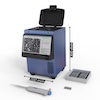 Remoscope: a label-free imaging cytometer for malaria diagnostics Trans R Soc Trop Med Hyg 2025
|
 IL-6 underlies microenvironment immunosuppression and resistance to therapy in glioblastoma bioRxiv, 2025
|
 A Trypanosoma cruzi Trans-Sialidase Peptide Demonstrates High Serological Prevalence Among Infected Populations Across Endemic Regions of Latin America medRxiv, 2025
|
 Proteomic profiling of the local and systemic immune response to pediatric respiratory viral infections American Society for Microbiology, 2025
|
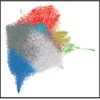 Endogenous antigens shape the transcriptome and TCR repertoire in an autoimmune arthritis model The Journal of Clinical Investigation, 2024
|
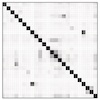 Unveiling the proteome-wide autoreactome enables enhanced evaluation of emerging CAR T cell therapies in autoimmunity J Clin Invest 2024
|
 Total Syntheses of Cyclomarin and Metamarin Natural Products Organic Letters, 2024
|
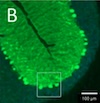 Anti-RGS8 paraneoplastic cerebellar ataxia is preferentially associated with a particular subtype of Hodgkin's lymphoma Springer Nature, 2024
|
 Microbial dynamics and pulmonary immune responses in COVID-19 secondary bacterial pneumonia Nature Portfolio, 2024
|
 Climate, demography, immunology, and virology combine to drive two decades of dengue virus dynamics in Cambodia PNAS, 2024
|
 Molecular mimicry in multisystem inflammatory syndrome in children Nature Portfolio, 2024
|
 Phage Immunoprecipitation-Sequencing Reveals CDHR5 Autoantibodies in Select Patients With Interstitial Lung Disease American College of Rheumatology, 2024
|
| 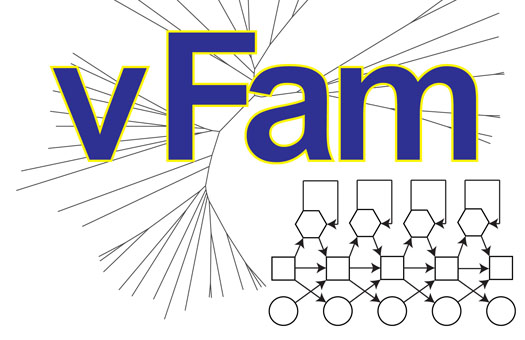 vFam is a HMMER3 database of profile hidden Markov models (HMMs) built from all the viral proteins present in RefSeq. Use of the vFam database may provide greater sensitivity for the detection of highly divergent viral proteins than the use of traditional alignment tools, such as BLAST. Click here to go to the vFam download page. |
 This is an online tool for helping users identify the pre-bake dimensions required to produce features with desired dimensions after baking. The tool will calculate pre-bake dimensions, closing pressures, and look up all empirical measurements of valves within stated tolerances of the specified dimensions.
Fordyce, P.M.*, Diaz-Botia, C.A.*, DeRisi, J.L., & R. Gomez-Sjoberg Systematic characterization of feature dimensions and closing pressures for microfluidic valves produced via photoresist flow Submitted to Lab on a Chip (2012) Click here to use the tool. |
 We are pleased to release PRICE (Paired-Read Iterative Contig Extension), a de novo genome assembler implemented in C++. Its name describes the strategy that it implements for genome assembly: PRICE uses paired-read information to iteratively increase the size of pre-assembled contigs. It was designed to address the challenge of assembling viral genomes that constituted a small minority of the reads within ultra-deep, short-read, metagenomic, shotgun datasets. PRICE has already enabled the discovery of several novel virus genomes from such complex datasets.
The early online edition of the PRICE paper, published in G3, is here.Download PRICE |
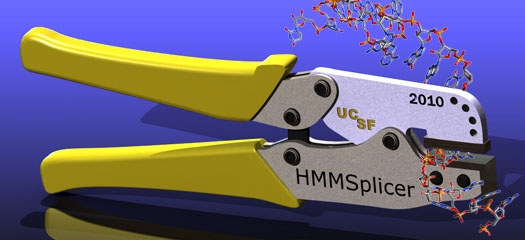 HMMSplicer discovers splice sites in high throughput sequencing datasets without using gene models. HMMSplicer can also be used to find non-canonical junctions as well. HMMSplicer was benchmarked on publickly available A. thaliana, H. sapiens, and P. falciparum datasets and performs well on all genomes. Information about the datasets tested, including the exact command parameters and the final results, is provided. HMMSplicer is implemented in Python and is freely available for all. Download HMMSplicer! (Updated Nov 25th 2010 - Version: 0.9.5) |
 VersaCount is a simple application to assist with the counting of cells by microscopy. When used with a numeric keypad, it can significantly increase counting efficiency when compared with a traditional clicker. Although it was designed for malaria work, it can be customized for a wide variety of cell counting applications. VersaCount was written by Charlie Kim. Download VersaCount v1.0 |
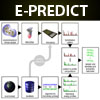 DNA microarrays may be used to identify microbial species present in environmental and clinical samples. However, automated tools for reliable species identification based on observed microarray hybridization patterns are lacking. We present an algorithm, E-Predict, for microarray-based species identification. E-Predict Software Download Page |
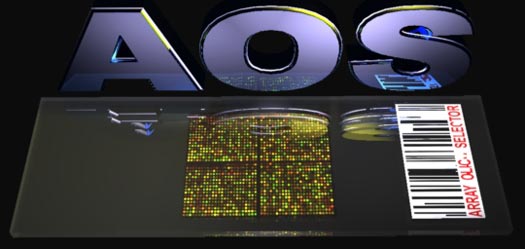 ArrayOligoSelector (AOS) is an open source program developed by Jingchun Zhu for the purpose of systematically designing gene-specific long oligonucleotide probes for entire genomes. For each open reading frame, the program optimizes oligo selection based upon several parameters, including uniqueness, complexity, secondary structure, GC content, and 3' end proximity.
AOS also is hosted at SourceForge. This site contains documentation and a user-friendly how-to.
For more information, download an excerpt from Jing's thesis describing the AOS algorithm and implementation here.Download AOS v3.8.4 |
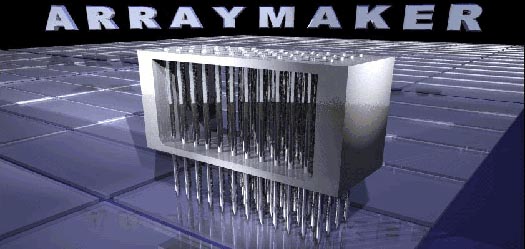 ArrayMaker 2 provides high performance robotic control of microarrayer robots with an incredibly intuitive, easy to use interface. ArrayMaker 2 is optimized for use with the new generation of ultra fast linear servo driven arrayers, yet it is backwards compatible with the original MGuide style of ball-screw driven arrayers. Download ArrayMaker v2.60 |
|
